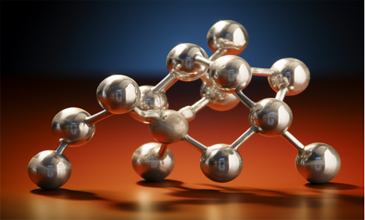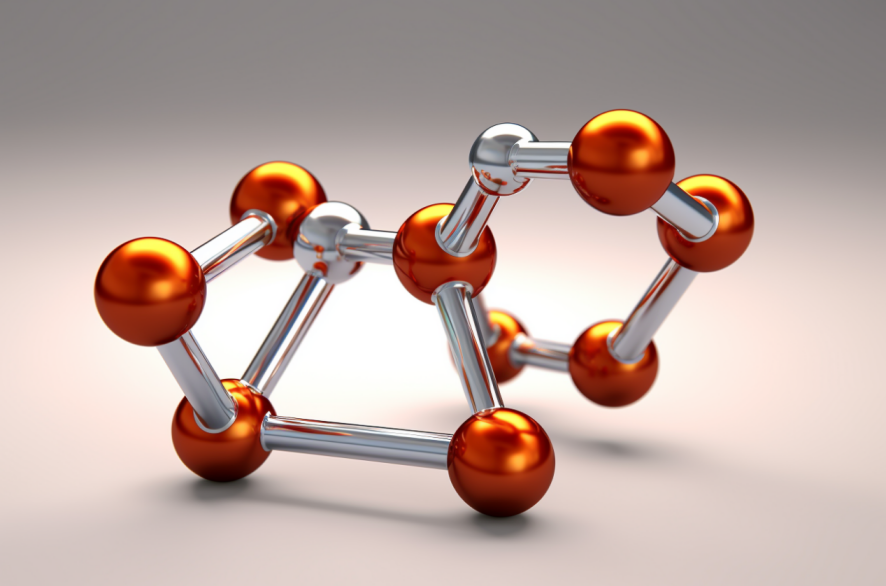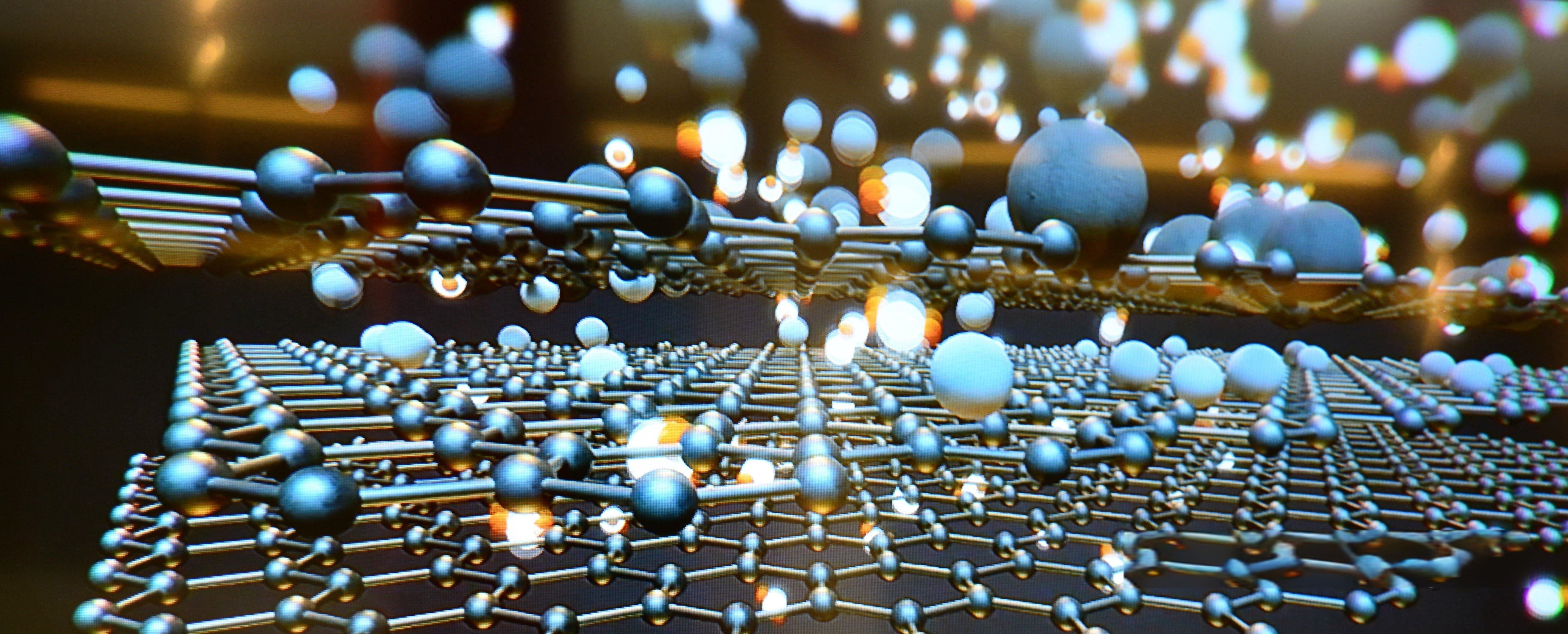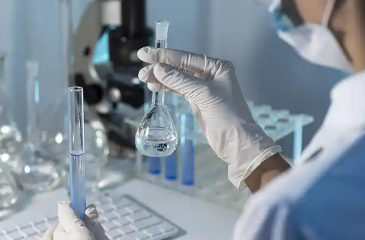2,2′-(Ethylenedioxy) Dianiline: Synthesis, Properties, and Applications
Did you know that a compound as seemingly simple as 2,2′-(Ethylenedioxy) Dianiline plays a critical role in producing high-performance materials such as polyimides? From cross-linking agents in fibers to intermediates in pigment production, this chemical quietly powers many everyday products. This blog explores the structure, synthesis, properties, and real-world applications of this fascinating compound.

Introduction to 2,2′-(Ethylenedioxy) Dianiline
Definition and Chemical Formula
2,2′-(Ethylenedioxy) Dianiline is an organic compound with the chemical formula C10H14N2O2. Its structure includes an ethylenedioxy group attached to two aniline (aminophenyl) groups, making it a diamine compound. It is primarily known for its role in polyimide production and as an intermediate for other chemical products.
Significance in Chemistry
This compound holds considerable importance in organic chemistry due to its versatility. Its structure makes it suitable for polymerization reactions, especially in the creation of polyimides, which are valued for their thermal stability and mechanical strength. In addition, 2,2′-(Ethylenedioxy) Dianiline is also an essential intermediate in pigment manufacturing, particularly for Pigment Yellow 180, making it vital in the dye and pigment industry.
Structure and Nomenclature of 2,2′-(Ethylenedioxy) Dianiline
Molecular Structure
The molecular structure of 2,2′-(Ethylenedioxy) Dianiline consists of two aniline groups (C6H5NH2) linked by an ethylenedioxy chain (-OCH2CH2O-). This structure provides a highly reactive diamine capable of forming strong bonds with other molecules, which is why it’s widely used in cross-linking and polymerization processes.
IUPAC Name and Alternative Names
The systematic IUPAC name of 2,2′-(Ethylenedioxy) Dianiline is “2-[2-(2-Aminophenoxy)ethoxy]phenylamine.” However, it is also known by various alternative names, including “Bis-(2-aminophenoxy)-ethane” and “1,2-Bis(2-aminophenoxy)ethane.” These different names reflect the compound’s structure and its various industrial applications, making it recognizable across different fields of chemistry.
3D Conformation
In a three-dimensional space, 2,2′-(Ethylenedioxy) Dianiline takes on a somewhat flexible conformation due to the ethylenedioxy bridge, which allows for rotational freedom. This structural flexibility is crucial for its role as a cross-linking agent, enabling it to react and bond with various polymer backbones efficiently.
Synthesis of 2,2′-(Ethylenedioxy) Dianiline
Starting Materials
The synthesis of 2,2′-(Ethylenedioxy) Dianiline typically begins with phenolic compounds or aniline derivatives, along with an ethylenedioxy bridge component, such as ethylene glycol derivatives. These starting materials are selected for their reactivity and ability to form strong bonds, which are crucial for successful polymerization.
Synthesis Methods
Common synthesis methods involve condensation reactions between the phenolic or aniline groups and the ethylenedioxy component. In some cases, catalysts such as acids or bases are used to enhance the reaction speed and yield. Innovative methods have also been developed, focusing on greener, more efficient processes to reduce by-products and improve sustainability.
Purification and Yield
Once the reaction is complete, it is typically purified through processes like recrystallization or chromatography. The purity of the compound can reach up to 99%, depending on the synthesis conditions and purification steps. Typical yields for this synthesis can vary, but with optimized conditions, high yields are achievable.
Physical and Chemical Properties of 2,2′-(Ethylenedioxy) Dianiline
Physical Characteristics
2,2′-(Ethylenedioxy) Dianiline generally appears as a yellow crystalline powder, indicating its relatively high purity. It has a molecular weight of 244.29 g/mol and is solid at room temperature. The melting point of this compound is also a key factor, making it stable under many standard processing conditions.

Chemical Reactivity
This compound shows typical reactivity for a diamine, readily participating in reactions with acids, bases, oxidizing agents, and reducing agents. Its amine groups allow it to react with carboxylic acids or other reactive species, making it ideal for polymer formation. The ethylenedioxy group can also provide additional reactivity or stabilization in some reactions.
Stability
In terms of thermal stability, it is stable up to moderate temperatures, making it ideal for applications that require high heat resistance, such as in polyimides. It is also resistant to light and moisture under standard conditions, but prolonged exposure to extreme environments may degrade its structure.
Applications of 2,2′-(Ethylenedioxy) Dianiline
Polymers and Resins
One of the primary applications of it is in the production of polyimides. These high-performance polymers are used in everything from aerospace components to flexible electronics due to their remarkable thermal and mechanical properties. 2,2′-(Ethylenedioxy) Dianiline acts as a cross-linking agent, improving the overall structural integrity of these materials.
Dye and Pigment Industry
Another significant use of this compound is in the dye and pigment industry, specifically in the production of Pigment Yellow 180. This pigment is known for its vibrant color and stability, making it ideal for use in paints, inks, and coatings. 2,2′-(Ethylenedioxy) Dianiline serves as an intermediate in the synthesis of this pigment, contributing to its chemical stability.
Pharmaceutical and Agrochemical Uses
While its primary applications are in polymers and pigments, 2,2′-(Ethylenedioxy) Dianiline also finds some use in pharmaceuticals and agrochemicals. As a diamine, it can act as a building block for various bioactive compounds, although its direct use in these industries is still under exploration.
Toxicology and Environmental Impact
Toxicity Profile
As with many chemical compounds, 2,2′-(Ethylenedioxy) Dianiline does present some toxicity concerns. Ingestion or inhalation of the compound can cause irritation to the respiratory tract, skin, and eyes. Proper protective equipment is recommended when handling this compound in an industrial setting.
Environmental Concerns
From an environmental standpoint, it has a relatively low biodegradation rate, which means it can persist in the environment if not properly disposed of. Its potential to bioaccumulate is another concern, especially in aquatic ecosystems. Therefore, industries must follow strict environmental guidelines when using and disposing of this compound.
Safe Handling Guidelines
To minimize risks, safe handling practices should be followed, including using protective gear like gloves, goggles, and masks. Proper ventilation is essential in workplaces where the compound is synthesized or processed. Storage in a cool, dry place away from oxidizing agents is also advised.
Future Prospects and Research Directions
Innovation in Synthesis
Recent advancements in green chemistry have opened up new avenues for synthesizing 2,2′-(Ethylenedioxy) Dianiline in a more environmentally friendly manner. These methods aim to reduce hazardous by-products and improve the overall efficiency of the synthesis process.
Emerging Applications
The compound’s potential in advanced materials, especially in the electronics industry, is an area of growing interest. Its ability to enhance the properties of polyimides and other high-performance polymers makes it a candidate for next-generation materials, including flexible circuits and wearable technologies.
Ongoing Research
Ongoing research is focused on exploring new applications for 2,2′-(Ethylenedioxy) Dianiline, especially in areas like bioengineering and sustainable materials. Researchers are also investigating ways to improve the compound’s environmental footprint through better synthesis techniques and recycling methods.
Conclusion
I may not be a household name, but its importance in industries like polymer science, pigment production, and advanced materials cannot be understated. As research continues to expand its applications and refine its synthesis, this compound will remain a key player in chemical manufacturing. Companies like UniVOOK Chemical specialize in custom manufacturing of 2,2′-(Ethylenedioxy) Dianiline, ensuring that industries have access to this vital compound for their specific needs.
Feel free to contact UniVOOK Chemical if you have any specific requirements or custom orders for 2,2′-(Ethylenedioxy) Dianiline, whether for polymer applications or pigment production.
Access Our Product Catalog and More to Discover High-Performance Chemicals Tailored to Your Business Needs





